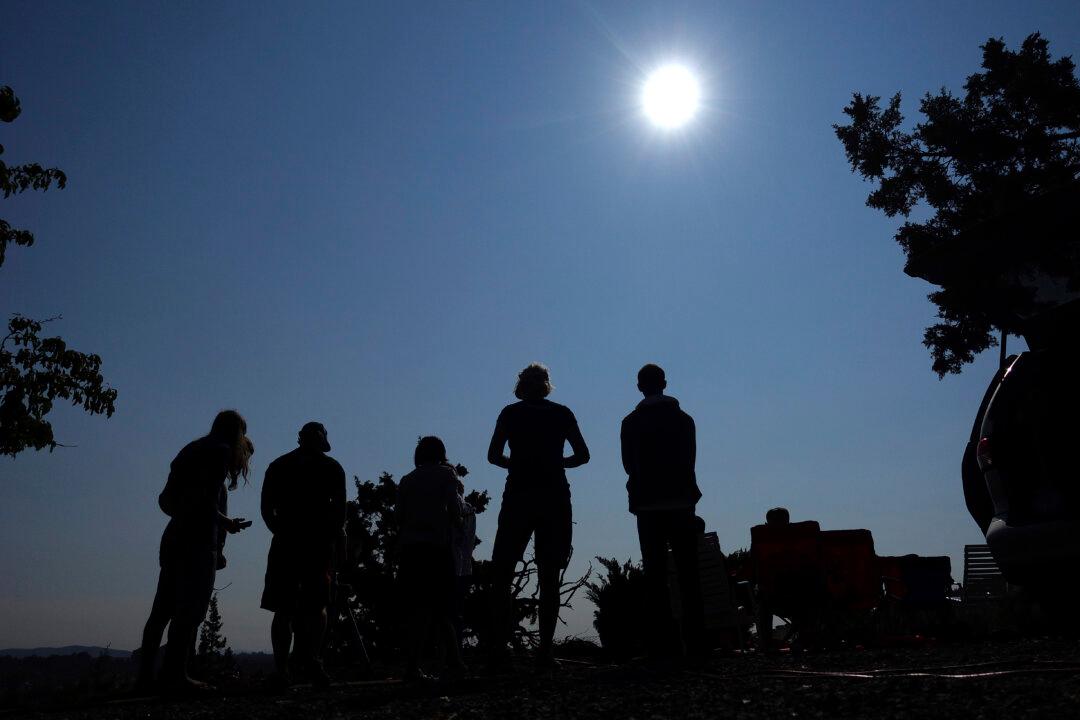Commentary
Believe it or not, there’s a man who claims to be “the world’s only total solar eclipse journalist.” And right now, he’s in his element, fielding questions from around the world.

Believe it or not, there’s a man who claims to be “the world’s only total solar eclipse journalist.” And right now, he’s in his element, fielding questions from around the world.